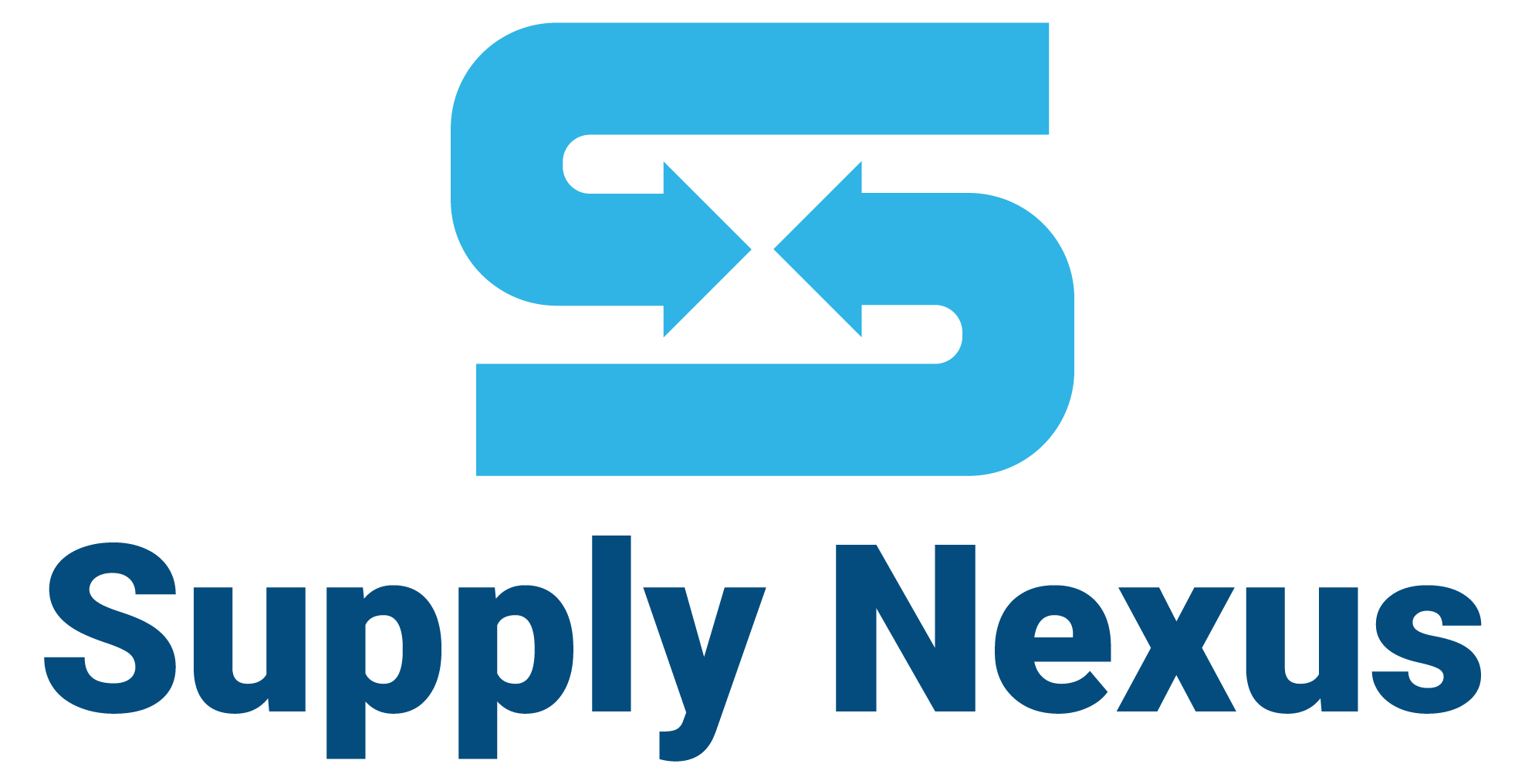Fast Moving Consumer Goods
The challenges that the FMCG sector faces are increasing: volatility and an uncertain environment, pressure on prices from the traditional distribution channel, changing consumer habits, and the emergence of new channels which put the manufacturer in direct contact with the end consumer.
To respond to these challenges, FCMG manufacturers should structure their response to these challenges along four dimensions: Resilience, Agility, Effeciency, and Proximity.
To respond to these challenges, FCMG manufacturers should structure their response to these challenges along four dimensions: Resilience, Agility, Effeciency, and Proximity.
End to End Visiblity in the Supply Chain
Imagine that you had the ability to access data in real time at any level of the Supply Chain about orders, stock, and deliveries, as well as any disruptions that might occur in supply. You would be able to anticipate problems and act accordingly before they begin to impact your business. This is possible today with Control Towers.
Demand Planning
Do you want to save costs while simultaneously increasing service levels in your Supply Chain? Having accurate forecasts and efficient production or procurement plans is key to making good business decisions and optimizing inventory. Innovations in Big Data, Artificial Intelligence, and Machine Learning combined with traditional forecasting and optimization algorithms have revolutionized demand forecasting. These have allowed companies to exploit the insights and relationships hidden within immense amounts of data, which allow them to plan against more accurate forecasts.
Collaborative Tools
Supply Chain Business Networks digitize and automate the B2B transactions of all members of the Supply Chain (manufacturers, distributors, transportation agents, clients, and others) on a single secure platform. This increases the speed of commerce, reduces costs, and provides real time visibility to all movements of goods and information.
Product Tracking and Traceability
Imagine the possibilities if a consumer could scan a QR code on the product and get a complete account of its life, from farm to shelf. This is a reality thanks to blockchain technology.
Supply Chain Modeling and Optimization
Surely in our lives there have been many occasions when before making a decision we would have liked to simulate each different option and analyze the results. In the business world the same is true.
The Digital Twin consists of creating a virtual (digital) replica of a real or potential entity, physical process, or service. The Supply Chain Digital Twin is a virtual model of the company’s Supply Chain. It is fed with real data from the business, allowing the company to simulate different business decisions, optimizing the Supply Chain against each decision, and evaluate the results such that every decision can be made confidently and effectively.
The Digital Twin consists of creating a virtual (digital) replica of a real or potential entity, physical process, or service. The Supply Chain Digital Twin is a virtual model of the company’s Supply Chain. It is fed with real data from the business, allowing the company to simulate different business decisions, optimizing the Supply Chain against each decision, and evaluate the results such that every decision can be made confidently and effectively.


